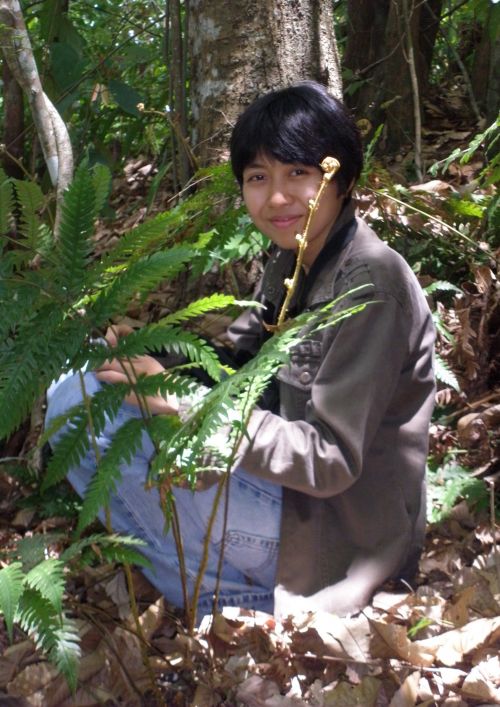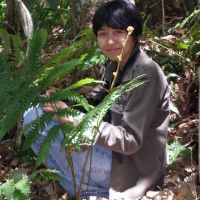New Allometric Equations for Tree Biomass and Carbon Calculations in Secondary Hill Evergreen Forests in Northern Thailand

FORRU Contributors
ABSTRACT: Accelerating deforestation and forest degradation are creating an urgent need for financial incentives, to preserve and regenerate secondary forests, such as carbon-credit trading. However, such schemes ultimately rely on the ability to accurately quantify carbon stocks. This study establishes new allometric equations, which are specific to secondary forests within hill-evergreen forest and shifting-cultivation areas in northern Thailand; a forest type with considerable variation in plant diversity and tree sizes. New allometric equations were developed, using data collected from destructively sampled trees from three sites: 4-year-fallow, 7-year-fallow and secondary forest (approximately 50 years old). In total, 136 trees (including coppiced trees) from 23 species were harvested, with diameters at breast height (DBH) ranging from 1 to 32.9 cm. Oven-dried and ground samples were analysed for carbon content. Wood density data were collected from 79 species, including 35 species currently missing from the Global Wood Densities database, and were found to range from 0.23 to 0.75 g/cm 3.
Several models were developed, using above-ground biomass (AGB) as a dependent variable, and DBH, total tree height (H), and wood density (WD) as independent variables, to create allometric equations. Wood density varied significantly among species (p < 0.05). Consequently, a function that combined WD with DBH (squared) and tree height was strongly related to AGB, and reduced uncertainty of biomass estimations. Moreover, average carbon concentration varied significantly among tree species (p < 0.05), the average being 44.84% (±1.63). Furthermore, applying the new allometric equation revealed that the highest amount of tree biomass was in secondary forest, followed by 7-year-fallow and 4-year-fallow, at 105.3, 38.3, and 10.3 Mg/ha, respectively. Above-ground carbon was 47.7, 17.4, and 4.6 Mg C/ha, respectively. Estimating total carbon storage of the Ban Ho watershed, using remote-sensing data, clearly over-estimated carbon stock, compared with equations based on ground vegetation data. This study provides insights into carbon sequestration in secondary forest and fallows. It may be helpful for preparing baseline data for Thailand’s carbon stock assessments for implementation of REDD+ and other carbon-trading schemes.

